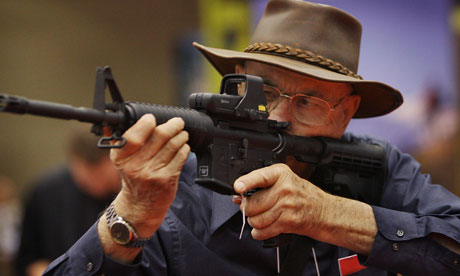Satirical psychoanalytical reading of “The
Little Mermaids”
““First and foremost I want to thank you all
for giving me the opportunity to be here today as a
literary-critical-psychoanalytical-feminist to finally, once and for all, set
the world-historical, critically interpretive, record straight by providing the
ultimate, final, interpretive understanding of Hans Christian Andersen’s
(1805-1875) fairy tale: “The Little Mermaid” (1836); briefly, succinctly, as is
the founding principle for our SBSNCBLLI (Society for Brief, Succinct,
Non-Contradictable, Bottom-Line, Literary Interpretation), the annual meeting of
which, thank goodness, this year takes place here in downtown San Francisco, so
there’ll be plenty of good things to do when we skip afternoon sessions to shop,
chat, visit galleries, go eating, meet up, check out people.
First of
all: forget everything you know about extra-textual affairs including
socio-economic, historical contexts, biographical informative explanations about
the author, weird language-communicative grammars of signs and signifiers and
whatever the hell they signify, narrative irony, and solely intra-textual
structures: this is ultimately a story about Hans Christian Andersen’s missing
vagina. And not only that: it becomes a metaphorical archetypical myth about
man-man’s hatred of his penis. He wants to castrate himself because he wants a
vagina. Take for instance rodeo queens: biologically speaking they undoubtedly
(perhaps not?) have a vagina but they just don’t know they have it. They are
“”denying”” it because they have been forced into the male vacuum of the rodeo
“”spectacle”” in which men themselves cry out for their lost vaginas.
How else do you explain their riding on bulls, broncos, etc. were it not in
effect an act of castration, a primal-scream for that which they do not have but
want? Why would a man otherwise mount a tortured, wild bronco or spread his legs
across vicious bulls to have his balls mashed in the process?
Scientific,
audiological studies have proven that after half a year at the rodeo-circuit,
male voices actually arrive at a higher pitch. And how would you otherwise
explain “Brokeback Mountain.” Yes, it was a bad movie, but that only
demonstrates the degree to which the myth has been established in our literary
heritage, for example through the traditional, erroneous interpretations of our
specific tale. This is not a story about unrequited love, about obtaining a
human soul within a Christian universe, about the author’s personal sense of
alienation, given universal expression and appeal, no, this is about the main
character’s search for her missing vagina.
What is a mermaid? It is half
a fish. Fish don’t have vaginas but they want to. Where does she live? She lives
deep in the ocean in a gluttonous swamp of repression, by family, by all the
wants destined to be so by the fact there are plenty of vaginas above, on land,
in the human world. Does she really “”fall in love”” with the prince on the boat
whom she sees when it is her time to swim to the surface? Or does she really
“”fall in love”” with the image of the prince which symbolically refers
to the “”human soul”” which of course is code-word for vagina – the only place
of true humanity, also proven by ancient human, fertility rites. Clearly, this
is the transformation she undergoes: from fish-body split into human legs
revealing her long lost vagina.
I can substantiate this interpretation by
analysis of an example from Andersens’s text:
“Presently they came in
sight of land; she saw lofty blue mountains, on which the white snow rested as
if a flock of swans were lying upon them. Near the coast were beautiful green
forests, and close by stood a large building, whether a church or a convent she
could not tell. Orange and citron trees grew in the garden, and before the door
stood lofty palms. The sea here formed a little bay, in which the water was
quite still, but very deep; so she swam with the handsome prince to the beach,
which was covered with fine, white sand, and there she laid him in the warm
sunshine, taking care to raise his head higher than his body. Then bells sounded
in the large white building…”
There’s a lot of unimportant stuff
here, especially the one about raising the head higher than the body as if the
body isn't important. But this totally reminds me when I was a graduate student
running around on the beaches of California with no panties on, smoking pot,
sleeping with my professors, finding my own vagina. It was just the grooviest of
times.
Sorry if I went a little overboard in this. It has to be kept
short, of course, but I’ve got so much to say! It is just so damned important.
When you have the right interpretive angle as I have provided it here, you
actually don’t have to read the text itself, or you can just browse it quickly.
The good thing about SBSNCBLLI is that you can skip all the boring details in
texts and contexts and go right to the point which is what I have done here. Is
it true there’s an art exhibit on Union Square?””
http://hca.gilead.org.il/li_merma.html

A man on a rifle range: 'More Americans lost their lives from firearms in the past 45 years than in all wars involving the US.' Photograph: Scott Olson/Getty Images


